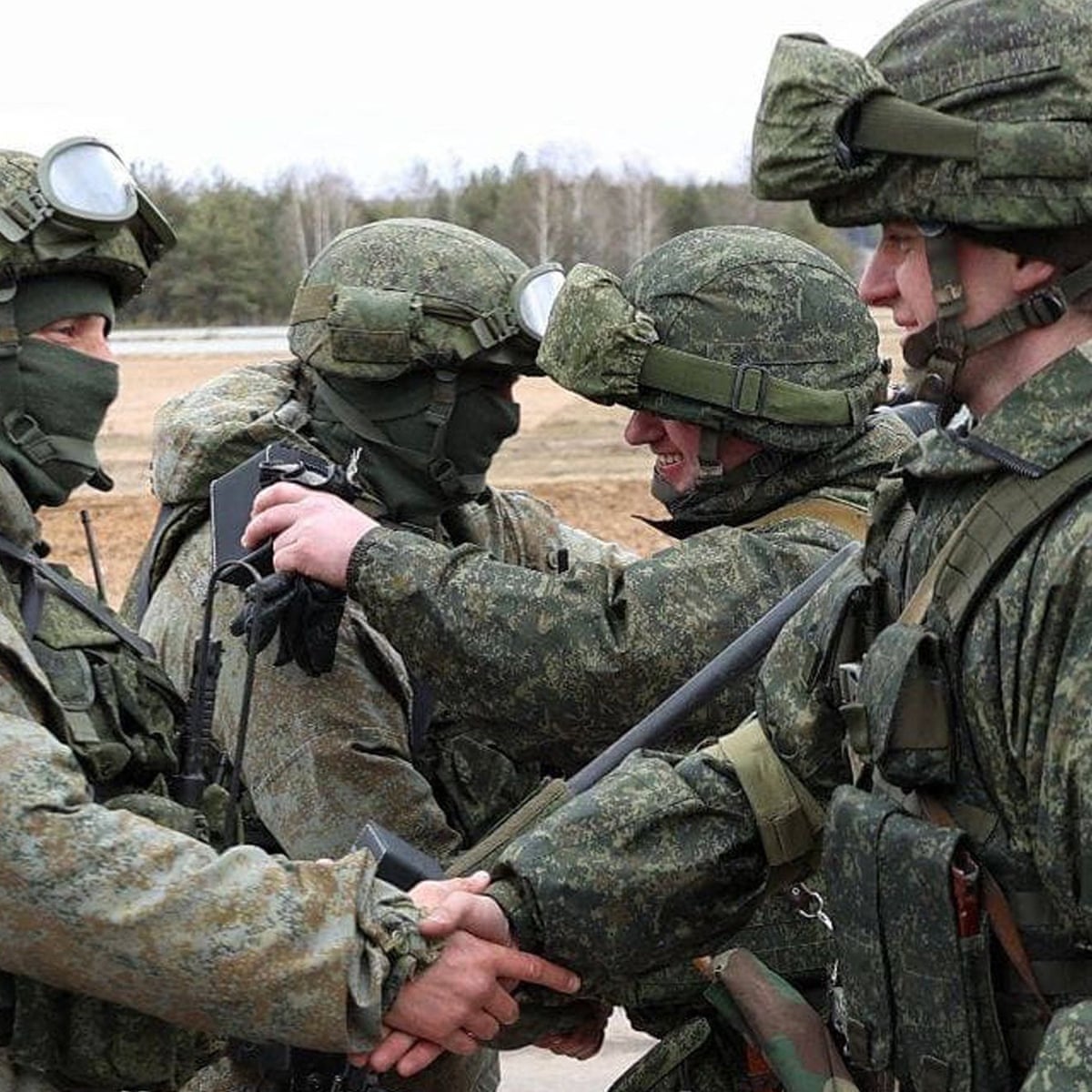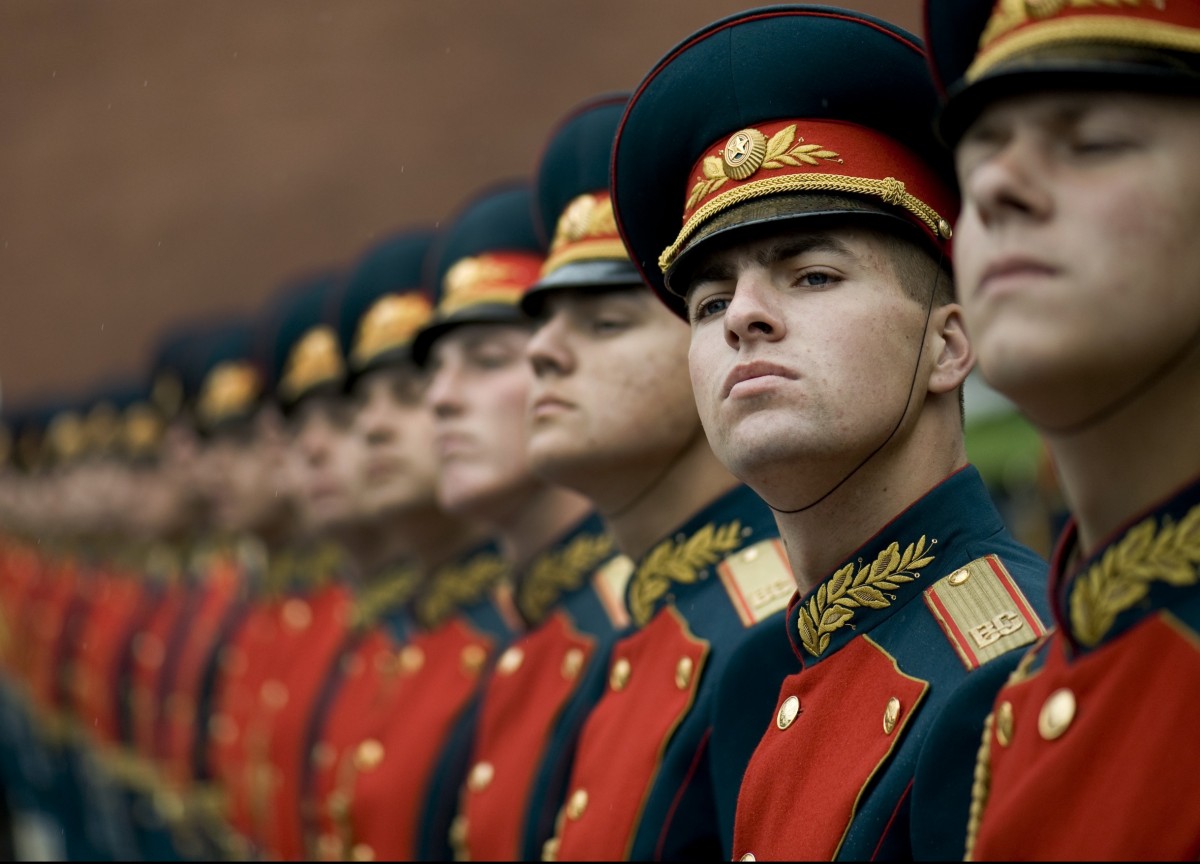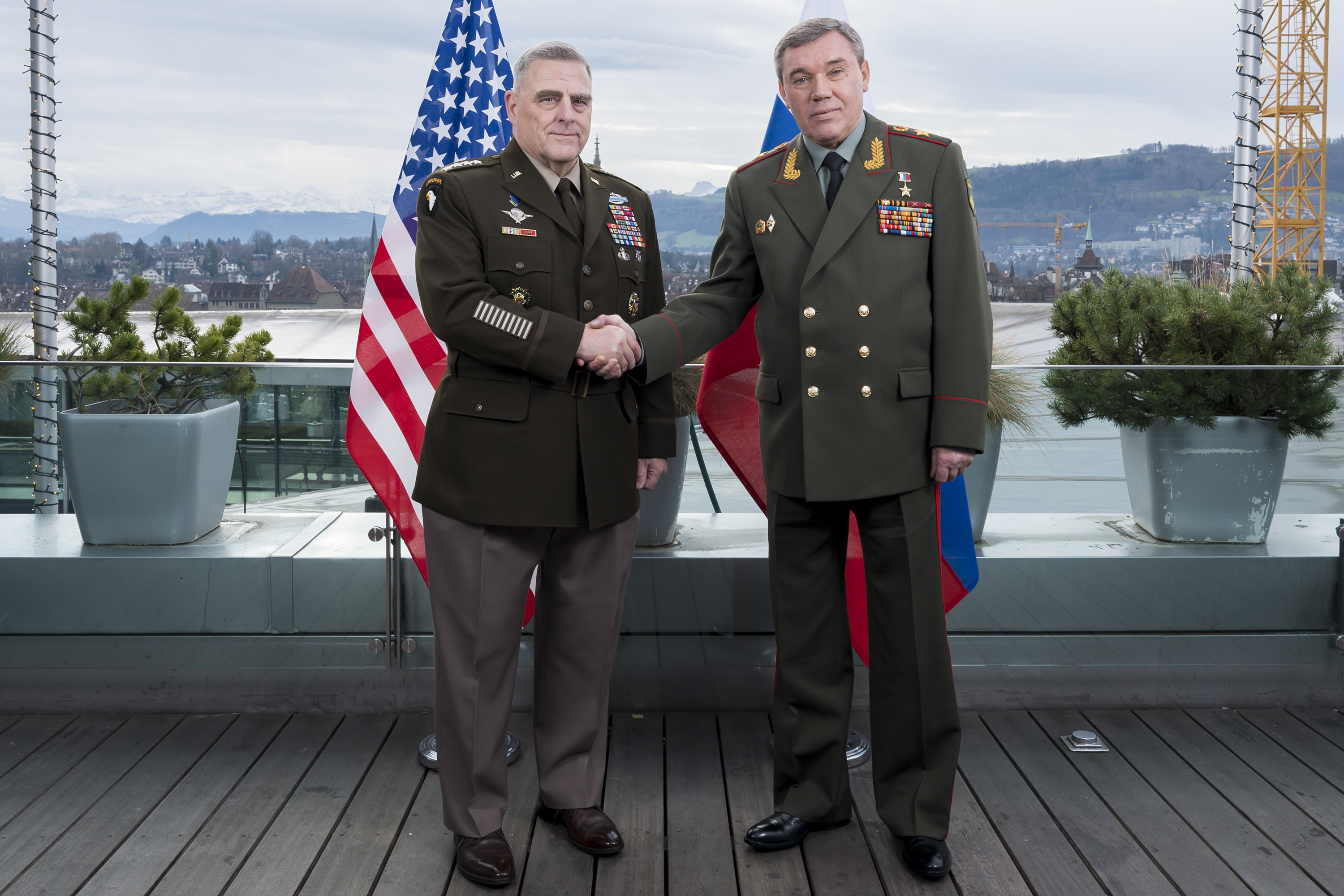Russian Military Photos - More than 10 months after the Russian invasion of Ukraine, and before 2022, the Kremlin is sparing no expense to at least partially restore the combat capability of its armed forces, which continue to shrink amid heavy fighting. In recent months, neither large-scale recruitment of prisoners, nor mass conscription, nor the delivery of Iranian drones, nor retaliatory measures combined with nuclear blackmail allowed Russia to turn the tide of the war in its favor or to improve its foreign policy.
However, the Russian authorities clearly intend to continue the war everywhere in order to at least improve their foreign policy status. They still hope to force Ukraine and the West to reach a ceasefire and/or start negotiations, but only on the Kremlin's terms, which include at least maintaining control over the occupied territories. These negotiations will allow Russia to buy time to lick its wounds and start a new war against Ukraine, as well as its confrontation with the United States and Europe. Overall, the Kremlin shows no signs of abandoning its original military goals.
Russian Military Photos

That is why on December 21, 2022, at the final hardware meeting, the Ministry of Defense of Russia announced plans that many called a new "military reform". However, the reform involves institutional changes and innovations. What Moscow does with its army in battle is more like a desperate attempt to solve the most pressing problems or pretend to solve them.
Morally Exhausted: Why Russian Soldiers Are Refusing To Fight In The Unprovoked War On Ukraine
During the post-Soviet period, Russia reduced the number of military personnel. The beginning of this process dates back to 1985, back in Soviet times. However, the Kremlin has always maintained that the Russian army must be many times larger than not only any army of the post-Soviet states, but also any army of any NATO member country except the United States. Therefore, on paper, the number of Russian armed forces never fell below 1 million. That means not only maintaining Russia's status as a superpower, complete with veto power in the UN Security Council and its nuclear arsenal, but also ensuring unconditional political dominance over all its neighbors and serving as a tool for revenge in foreign policy.
This status and revanchist ambitions, which matured in the 1990s, were designed to forever cement the Russian system of distribution of power and property. Simply put, dependence on revanchism and military power is increasingly becoming one of the main means of legitimizing Russian power.
However, objective socio-economic factors took their toll. In 1997, the nominal strength of the Russian armed forces was 1.7 million soldiers, while the actual number was approximately 1.2-1.3 million. In the 2000s, this number fell to 1,135 million. In 2016, it was further reduced to 1 million. At that time, the actual number of soldiers was already 770,000. However, the nominal number was soon increased to 1.013 million soldiers, but this did not affect the actual number. On the contrary, voices were heard that the nominal number should be brought closer to the real one, that is, the ideal of a million-strong army should be completely abandoned.
In August 2022, six months after the invasion of Ukraine, the Kremlin decided to increase the nominal strength of the armed forces by 137,000 soldiers to 1.150 million in 2023. In other words, it was decided to exceed even the nominal level of military strength maintained in 2006-2016 (1.135 million ), and finally abandon the idea of matching the size of the army with the objective defense and economic needs. potential of Russia without harming the general socio-economic development, which was discussed from the second half of the 1980s to the beginning of the 2010s. It is noteworthy that this idea almost by definition contradicted the idea of maintaining Russia's military dominance over its neighbors and revanchism in foreign policy.
A Potemkin Military? Russia's Over Estimated Legions
Four months later, Defense Minister Serhiy Shoigu announced that the nominal strength of the armed forces over the next few years should reach 1.5 million soldiers, 695,000 of whom (soldiers, sergeants, sergeants, etc.) should serve under contract. A political decision has already been made, although at the time of writing the corresponding decree has not been published, and the timing is also unclear.
Thus, the Russian army formally returns to the end of the 1990s in terms of personnel. However, a quarter of a century ago, the military included specialists who were responsible for the maintenance of military equipment and vehicles, as well as the military infrastructure inherited from the Soviet Union, which no longer exists today. In addition, there were tens of thousands of support positions, such as military finance officers and military construction workers, which also ceased to exist. In other words, the nominal size of the armed forces cannot be increased in an unrealistic and significant way.
And here, probably, the accounting and organizational needs of the military leadership played a big role. Compensation for dead and wounded soldiers, increased war funds and preparations for the mass conscription that began in September created a cash shortage. Until the end of 2022, the monetary shortfall could be dealt with temporarily by inflating the military budget, but 2023 requires a systemic solution. After all, additional soldiers and officers on paper cost the military budget no less than an additional 300-400 billion rubles, which requires not only impromptu decisions.

However, it has already become clear that after only a few months, the additional 137,000 positions in the army created on January 1, 2023 will not be enough for the Russian military leadership, and the number will have to be increased by another 350,000 soldiers. In other words, an emergency military budget of at least 5 trillion rubles in 2022 and more than 5 trillion rubles in 2023 will become the norm regardless of when and how the war ends.
Ukrainian Counterattacks Push Russian Army East Of Kyiv
At the same time, the Russian command is trying to restore at least the real strength of the armed forces, which was before the invasion, that is, 740,000–780,000 soldiers. Of these, 250,000 soldiers officially took part in hostilities ("received combat experience"). It is difficult to say whether this figure includes dead or wounded soldiers, Russian guards, mercenaries and soldiers from Ukraine's occupied Donetsk and Luhansk regions.
Earlier, in the summer of 2022, I predicted that by the end of the year the actual strength of the Russian armed forces could fall below 600,000. This will certainly happen if the intensity of hostilities remains high, leading to a large number of casualties . , based on the significant outflow of military personnel and the obvious shortage of conscripts "Partial military mobilization", announced in September, had to reverse the situation.
By the end of 2023, the Russian command expects to have 521,000 contract soldiers "taking into account the replacement of soldiers from military groups and the completion of new formations." However, most, if not the absolute majority, of civilian recruits will eventually become contract soldiers.
Currently, the total number of soldiers under contract seems to be less than 521 thousand. It is noteworthy that the last number of soldiers under contract, released before the invasion, was 405 thousand (March 2020), and until 2027 the Ministry of Defense will employ 500 thousand soldiers under contract. Moreover, the recently announced plan for contract soldiers for 2023 partially confirms the earlier conclusion that civilians make up less than half of the officially announced number of 300,000 soldiers. In addition, most of the soldiers are soldiers under contract who have submitted a request for dismissal or whose contracts have expired at the end of 2022 or at the beginning of 2023, since the official procedure for the dismissal of soldiers begins six months before the end of the contract. These estimates will be adjusted as new data becomes available.
Russian Leaders Know They're Committing War Crimes. Their Laws Of War Manual Says So.
In addition, the annexation of the so-called Donetsk and Luhansk People's Republics, along with the creation of their "armies" and the regular conscription of their residents into those armies during the first two weeks of mass conscription, distorts the numbers. Only until February 24, 2022, the number of these armies was estimated at 30,000-35,000 soldiers. After several months of war, the number of military personnel in these armies cannot be estimated even roughly. Statistics on other territories occupied by Russia, namely Crimea and parts of the Kherson and Zaporozhye regions of Ukraine, are also not included in this analysis, although the Russian Ministry of Defense records these figures.
Therefore, it will be extremely difficult for the Russian military leadership to achieve the desired number of contract soldiers. Currently, only soldiers who have a full higher or secondary professional and technical education can fight under contract. Even if conscripts are allowed to sign contracts from the first day of the draft regardless of educational level, such dependence on the poorest parts of the population is unlikely to work. After all, the share of conscripts who can boast of only a school education is slightly more than 30%, and raising the mandatory age to 21 will only further reduce this share.
The announced gradual transition to conscription of 21-30-year-olds instead of 18-27-year-olds allows the military leadership to avoid the problem of soldiers who received a delay in training. This approach is clearly intended to reduce the extent of push-avoidance. At the age of 27-30, citizens are already building a career, settling down and taking out loans, which is difficult to combine both with the draft and with avoiding the draft. According to the logic of the authorities, given such an opportunity, most young people would prefer to appear at the police station shortly after turning 21. It is desirable that they were both educated and had at least elementary or special military training. However, this will definitely not happen in a year.
So, to actually increase the number of soldiers under contract to 521,000 by the end of 2023 will require even more effort, organizational resources and even more enforcement. Or, in the same vein, a new wave of unpopular conscription must be implemented, which will be accompanied by the transfer of conscripts to contract service and the possible enrollment of recent graduates of university military training centers (in 2021, 63 thousand people studied in such centers) . Otherwise, stronger incentives should be used to encourage soldiers and regular soldiers to enter into contracts. However, it is unlikely that facilitating the entry of foreigners into military service under contract will dramatically improve the situation.
Amid Russian Military Buildup, Poland Reacts
Of course, another potential and extremely unpopular measure would be to increase the duration of the mandatory draft from the current 1 year to 1.5-2 years, to encourage more young Russians to immediately sign contracts. One could also try to increase the number of women in military service, although their number in the Russian army has been decreasing in recent years, from 44,500 in 2018.
Russian military vehicles, russian military gear, russian military ushanka hat, russian military jacket, russian military hat, russian striped military shirt, russian military winter hat, russian military helicopters photos, russian military surplus usa, russian military surplus, russian military uniforms, russian military

0 Comments